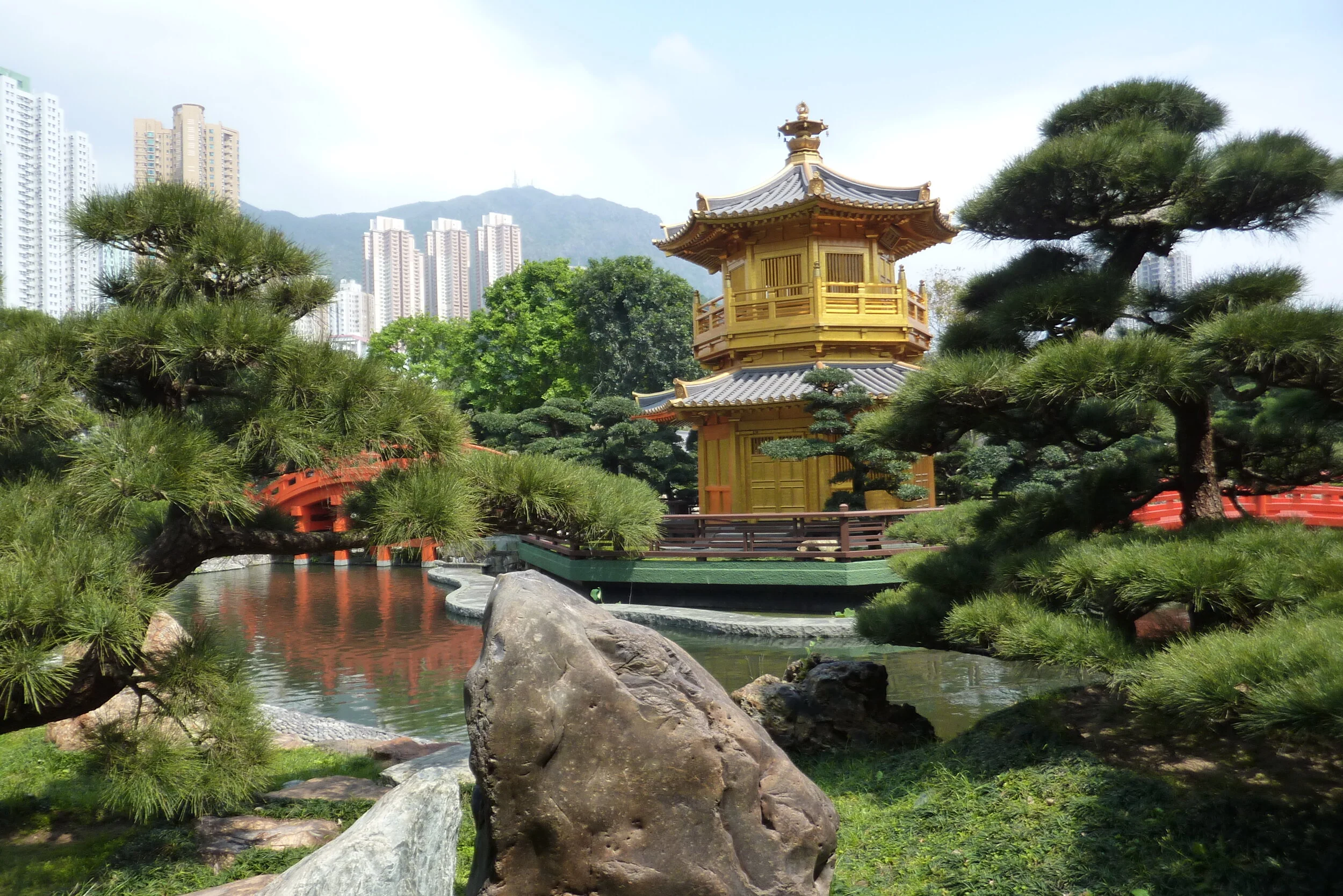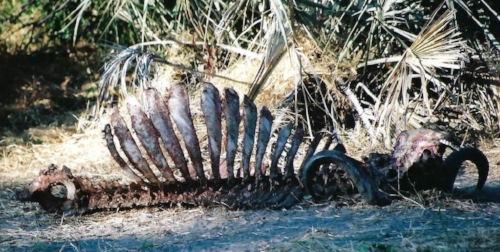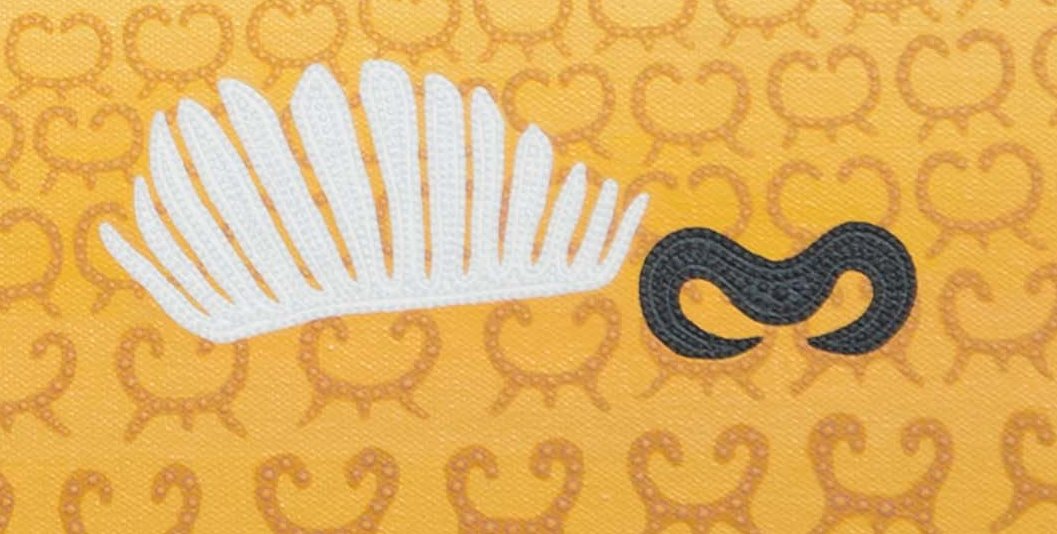After a busy summer for my two most recent paintings in gallery shows and Orion magazine, as discussed in my previous post, I am pleased to announce that my Delicate Arch painting was awarded 3rd place in the Yadkin Cultural Arts Center’s 13th Annual Juried Show. I am also pleased to announce that after all of the other distractions this summer like the Olympics and the all-encompassing upcoming election, I have just finished a new painting.
It’s been quite a while since I’ve painted any of the “Women of the World” whom we met in our travels, so I thought it was time to revisit some memories from a wonderful trip to Myanmar that we took 26 years ago. The highlights of the trip included Yangon and its Shwedagon Pagoda, Bagan and its thousands of temples, and our overnight trek into the northern mountains where we stayed with some local people.
The Shwedagon Pagoda in Yangon is a jewel. Here is a picture of its elaborate stairway entrance. For reasons of religion and respect, you are required to climb up to and around the temple grounds completely barefoot - not even with socks. It’s a good strategy to visit in the cooler mornings or evenings since the stone surfaces can get very hot in the mid-day sun.
When you reach the top of the covered stairway, you find the famous stupa. Legend has it that the stupa was built more than 2500 years ago which would make it the oldest Buddhist stupa in the world. Of course, it’s hard to verify this legend, but the pagoda is very old and very impressive. The stupa has been damaged by earthquakes over its lifetime and repairs and additions have been made many times. Records show that the stupa was raised to its current height in 1775 after it was damaged by a serious earthquake in 1768, and in 1871 a new crown umbrella was installed.
Here is a picture of the stupa.
Bagan is not known for a single magnificent temple like the Shwedagon Pagoda, but instead for its multitude of temples. From the 9th-13th centuries, Bagan was the capital of the first kingdom that unified the regions of current Myanmar. By the 13th century, more than 10,000 Buddhist temples were built in Bagan as each temple provided religious merits to its builder. The remains of over 2,200 of these temples have survived. Here is a photo of a group of these temples, but there are more in every direction you look!
Trekking in the mountains of northern Myanmar was a very different, more remote experience. Our guide took us to various tribal villages where we visited and stayed overnight with the local people. The children were especially curious about us and followed us everywhere we went. Here is a picture of one group of villagers we met. The older woman was wearing tribal clothes and was making new layers to repair the thatched roof of her bamboo home. The ever-present children wore more modern clothes. The young girl behind her is the subject of my newest painting Myanmar Tribal Girl.
The Portrait
The first step for the painting was to do a very quick pencil sketch from a portrait photo I took of the young girl.
Next I painted in the layers of background color for everything but her face and arms. You’ll also notice that the background is filled with rows of the Triratna symbol. This is a Buddhist symbol that visually represents the Three Jewels of Buddhism - the Buddha, the Dhamma and the Sangha. These symbols are hard to see now, but will become more visible when additional layers of color are added later.
The picture below shows a Triratna on each of the two carved footprints of Buddha. There is a lotus flower within a circle on the bottom and a trident on top with three branches representing the Three Jewels.
Next, my Contextural style patterns were painted on her headwear using darker colors than the background.
Then a final top layer of dots was painted using even darker colors which further enhance the patterns against the lighter background.
Patterns were painted on the entire dark bib of her dress using a lighter color of blue to help make the darker background standout.
An intermediate blue color between the darker background and lighter patterns was used for the final layer of dots to help blend all of the colors and soften the patterns.
Very different Contextural patterns and dots were then painted on the sleeves and skirt section of the dress. These patterns do not cover the entire areas like the patterns on the bib do and are more like floral pinstripes.
Colorful dots were also painted onto the Triratna symbols to make them pop more in the background. Multiple layers of dots were then painted onto the flowers held in her hands.
To finish the sleeves and skirt, very light blue dots were painted around all of the pinstripe patterns to provide more Contextural texture.
At this point, It was time to paint the most important parts of the portrait - her face,
and her arms and hands.
The final step of the portrait was to finish the background to provide more color, depth and texture. Around each of the Triratna symbols I painted two circles of bronze colored dots. They represent the cut ends of large bamboos that are important parts of the villagers’ survival in the mountains as they are used to construct all of their buildings.
Below is a picture of the complete painting of Myanmar Tribal Girl.

























































































































































































































































































































